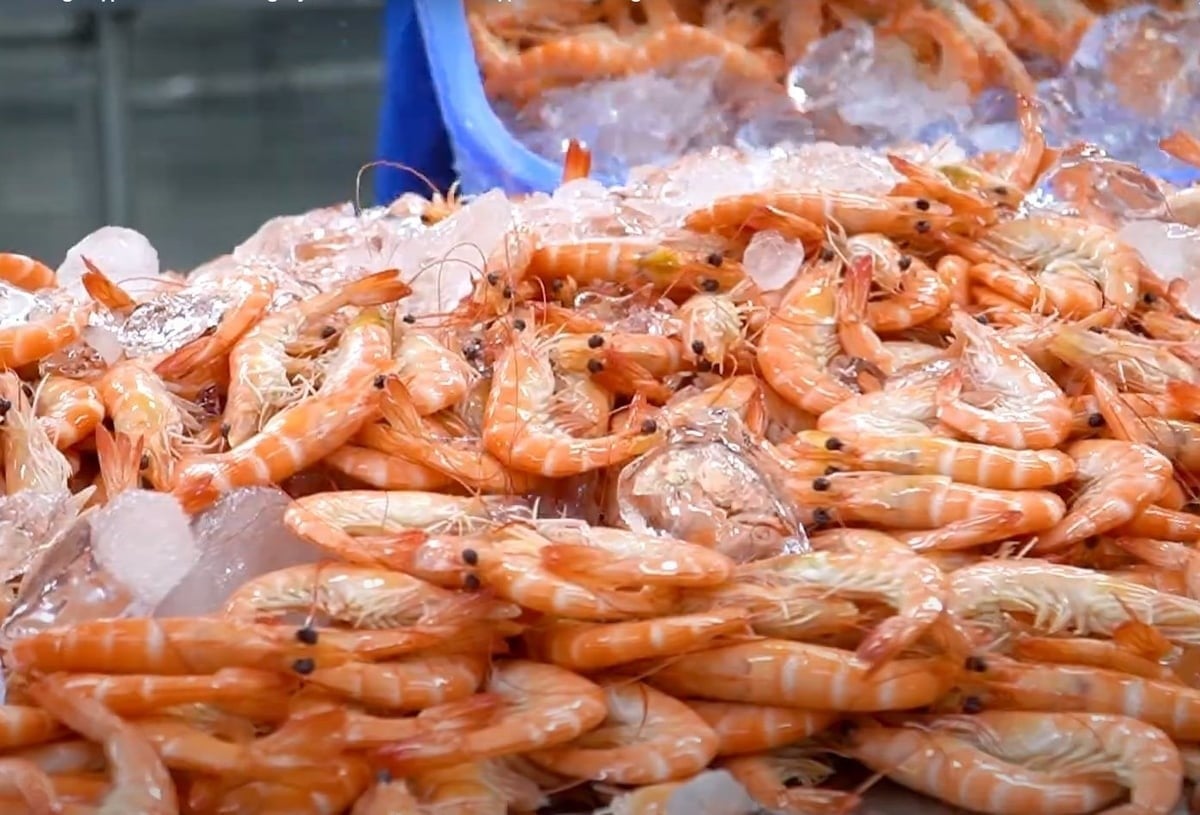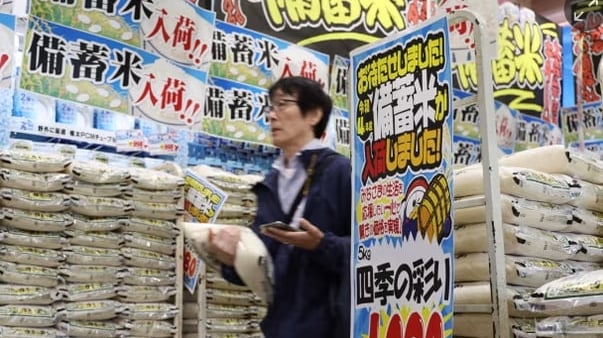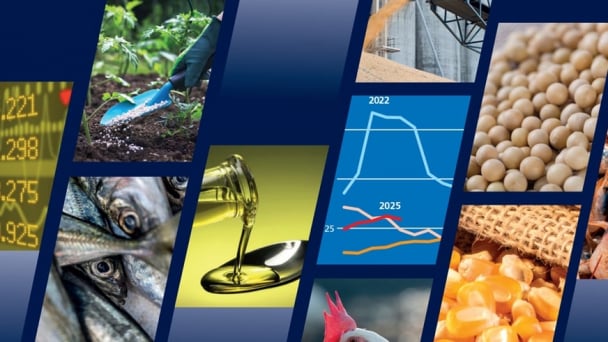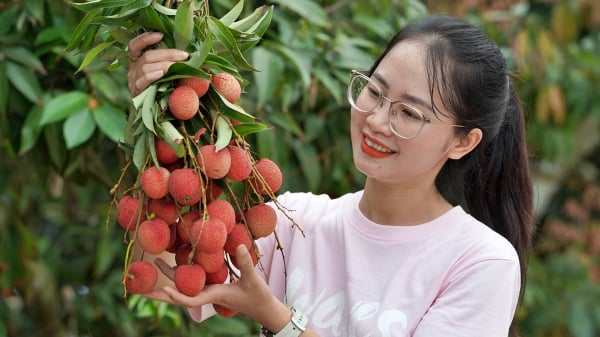June 17, 2025 | 20:54 GMT +7
June 17, 2025 | 20:54 GMT +7
Hotline: 0913.378.918
June 17, 2025 | 20:54 GMT +7
Hotline: 0913.378.918
As Vietnam's shrimp exports face pressure from trade defense measures, particularly the threat of reciprocal tariffs being imposed by the U.S., seeking and expanding into potential export markets has become a matter of survival for shrimp enterprises. In this context, Australia is assessed as a market with stable growth potential that aligns with the industry's strategy to enhance added value.
According to Ms. Phung Thi Kim Thu, shrimp market expert at the Vietnam Association of Seafood Exporters and Producers (VASEP), Australia is currently one of the most promising markets that align with the shrimp industry's strategy of developing deeply processed products to enhance added value. “Australia not only maintains steady demand but also highly appreciates high-quality shrimp with clear traceability. This is an advantage that Vietnamese enterprises should fully leverage,” Ms. Thu emphasized.

Vietnam's shrimp exports to the Australian market continuously increase in the first months of the year. Photo: Son Trang.
In fact, Australia is now Vietnam's fifth-largest single market for shrimp, accounting for roughly 7% of the country's total shrimp export value. In the first four months of 2025 alone, shrimp exports to Australia reached nearly USD 77 million, up 8% compared to the same period last year.
During the 2019-2024 period, Vietnam's shrimp export turnover to Australia increased consistently, from USD 127 million to over USD 240 million. Whiteleg shrimp accounts for 95% of export volume, with processed products such as shrimp skewers, shrimp dumplings, steamed shrimp, and peeled shrimp accounting for around 40% of the total turnover. This reflects a consumption trend toward convenient, value-added products, a segment that aligns well with the existing processing capabilities of Vietnamese enterprises.
According to Ms. Kim Thu, Vietnam's shrimp is enjoying significant advantages in the Australian market, largely thanks to the implementation of various Free Trade Agreements (FTAs), including the Comprehensive and Progressive Agreement for Trans-Pacific Partnership (CPTPP), the Regional Comprehensive Economic Partnership (RCEP), and the ASEAN-Australia-New Zealand Free Trade Agreement (AANZFTA). These FTAs not only reduce tariffs but also facilitate customs clearance, improve supply chain access, and promote standard transparency.
In addition, the Comprehensive Strategic Partnership between Vietnam and Australia, established in March 2024, provides a solid political foundation to further strengthen bilateral cooperation in the agricultural and fishery sectors.
With processed seafood consumption in Australia increasing by an average of 6–8% annually, along with rising demand for convenience food and a large Vietnamese community, Ms. Thu believes Australia is a market suitable for Vietnam's processed shrimp products.
“If Vietnamese businesses can fully capitalize on this market, Australia could become a strategic driver to help the shrimp industry maintain its growth momentum, especially at a time when traditional markets such as the U.S. are becoming less accessible due to tariff barriers,” she added.
3 scenarios for seafood exports
According to the Vietnam Association of Seafood Exporters and Producers (VASEP), if the U.S. decides not to impose reciprocal tariff (0% tariff rate) after July 9, Vietnam’s fisheries sector could still achieve its export target of USD 10 billion, on par with 2024.
However, under a scenario in which reciprocal tariffs are set at 10%, total export turnover could drop by approximately USD 500 million, falling to USD 9.5 billion. The higher cost of Vietnamese products in the U.S. market would weaken their competitiveness compared to rival suppliers.
In a worst-case scenario, where reciprocal tariffs exceed 10%, Vietnam's seafood exports may only reach USD 9 billion or possibly even less.
Translated by Thu Huyen
/2025/06/17/2013-1-nongnghiep-112009.jpg)
(VAN) This notable growth trend reflects the global taste for fresh, nutritious fruits and the expanding use of lychees across various sectors.

(VAN) The political and cultural insulation of Japan’s beloved grain is falling apart, and experts warn the country’s relationship with the staple will have to adapt.

(VAN) Noting risks, report examines impacts of avian influenza, changing trade patterns since 2022, fish fraud, and shipping industry’s net-zero goals.

(VAN) Mr. Tran Quang Bao, General Director of the Forestry and Forest Protection Department, met and worked with the International Wood Products Association to promote cooperation in the field of timber trade.

(VAN) China's outbound shipments of rare earths in May jumped 23% on the month to their highest in a year, though Beijing's export curbs on some of the critical minerals halted some overseas sales.

(VAN) To sustain capital flow, administrative reform alone is not enough; what farmers truly need is an ecosystem where both government and businesses grow together in support.